Title: Fungal Infections on the Skin: Signs, Symptoms, Causes, Risk Factors, Diagnosis, Prevention, Diet, Lifestyle, and Homoeopathic Treatment
Introduction:
Fungal infections on the skin, also known as dermatophytosis or ringworm, can cause discomfort and affect the appearance of the skin. Understanding the signs, symptoms, causes, risk factors, diagnosis methods, prevention strategies, diet and lifestyle considerations, and the potential role of homoeopathic treatment is essential for effectively managing fungal skin infections. In this blog post, we will explore the key aspects of fungal infections on the skin and their holistic approach to treatment.
Signs and Symptoms of Fungal Skin Infections:
1. Red, circular rash: Typically appears as a raised, itchy, and scaly patch on the skin.
2. Itching and irritation: Intense itching and discomfort in the affected area.
3. Flaking or peeling skin: The skin may become dry, flaky, and start to peel.
4. Blistering: In some cases, small blisters may develop on the affected skin.
5. Cracking or oozing: The skin may crack or develop open sores, leading to oozing and potential secondary infections.
Common Causes of Fungal Skin Infections:
1. Fungal organisms: Dermatophytes, such as Trichophyton, Microsporum, and Epidermophyton, are the main culprits behind fungal skin infections.
2. Direct contact: Contact with an infected person, animal, or contaminated surfaces can spread the fungi.
3. Warm and humid environments: Fungi thrive in warm, moist environments, such as public showers, locker rooms, and swimming pools.
Risk Factors for Fungal Skin Infections:
1. Weakened immune system: Individuals with weakened immune systems, such as those with HIV/AIDS or undergoing immunosuppressive therapy, are more susceptible to fungal infections.
2. Close contact: Living in close quarters with someone who has a fungal infection increases the risk of transmission.
3. Poor hygiene: Inadequate personal hygiene practices can contribute to the development of fungal skin infections.
4. Wearing tight or non-breathable clothing: Tight clothing and synthetic fabrics can create a warm and humid environment, promoting fungal growth.
5. Participating in sports or activities that involve skin-to-skin contact: Athletes and individuals involved in contact sports are at higher risk.
Diagnosis of Fungal Skin Infections:
1. Visual examination: A healthcare professional may visually inspect the affected area and assess the characteristic signs and symptoms.
2. Skin scraping: A small sample of the affected skin may be taken for laboratory analysis to identify the specific fungus causing the infection.
Prevention Strategies, Diet, and Lifestyle Considerations:
1. Maintain good hygiene practices: Regularly wash and dry the skin thoroughly, paying attention to areas prone to moisture, such as between toes.
2. Avoid sharing personal items: Do not share towels, clothing, or personal care items with others.
3. Keep skin dry: After bathing or swimming, dry the skin completely, especially in areas susceptible to fungal infections.
4. Wear breathable clothing: Choose loose-fitting clothes made from natural fabrics to allow proper airflow.
5. Practice foot hygiene: Wear clean socks made of natural fibers, change socks daily, and use antifungal powders or sprays on feet, particularly in-between toes.
6. Boost immune system health: Maintain a balanced diet rich in fruits, vegetables, whole grains, and lean proteins to support overall immune function.
Homoeopathic Treatment for Fungal Skin Infections:
Homoeopathic treatment for fungal skin infections aims to address the underlying causes, relieve symptoms, and promote healing. Some commonly used homoeopathic remedies for fungal skin infections include:
1. Graphites: Indicated for moist and oozy eruptions with intense itching.
2. Sulphur: Useful for dry, scaly, and itchy skin with a burning sensation.
3. Sepia: Recommended for fungal infections with red, circular patches and intense itching.
It is important to consult a qualified homoeopathic practitioner for an accurate diagnosis and individualized treatment plan based on your specific symptoms and overall health.
Conclusion:
Fungal infections on the skin can be uncomfortable and bothersome. By understanding the signs, symptoms, causes, risk factors, prevention strategies, diet and lifestyle considerations, and considering homoeopathic treatment as a complementary approach, individuals can effectively manage fungal skin infections and promote healing. Remember to consult healthcare professionals for an accurate diagnosis and to create a comprehensive treatment plan tailored to your specific needs.
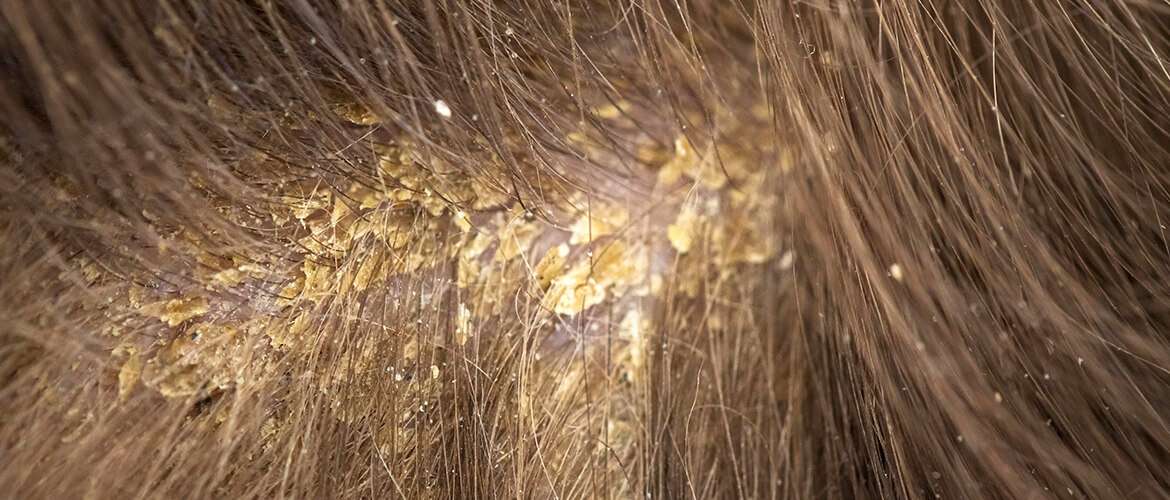

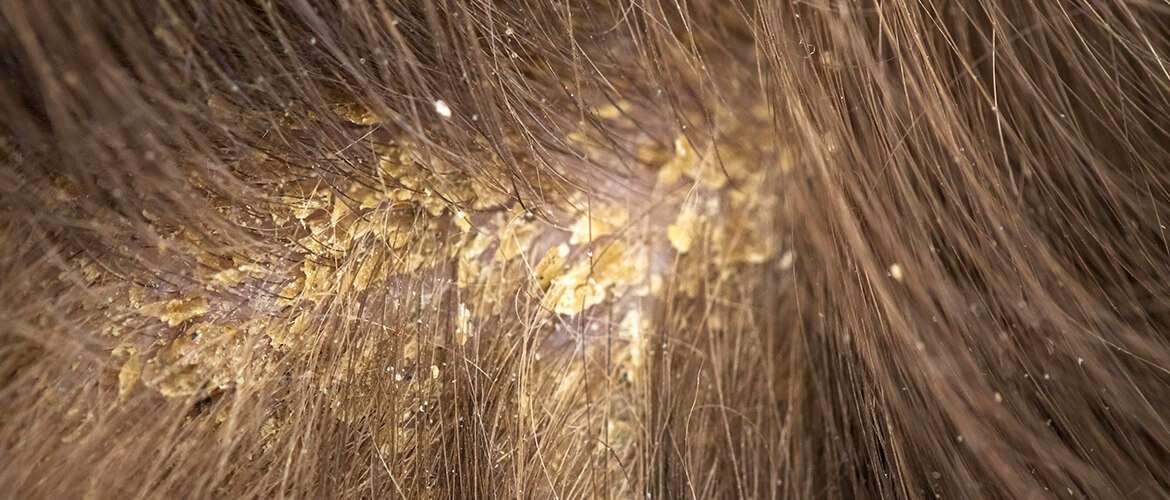
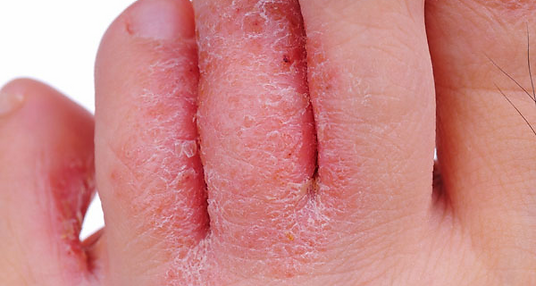
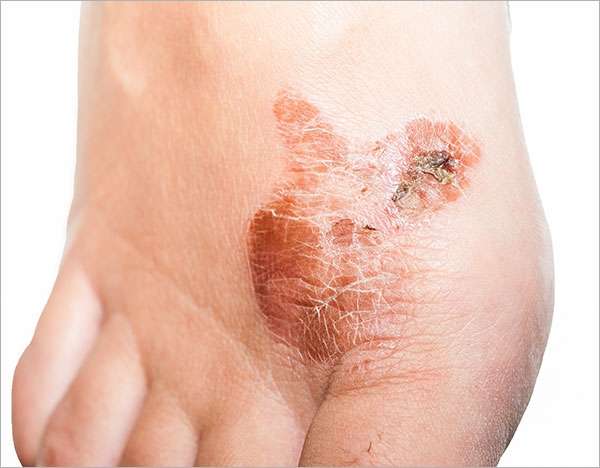
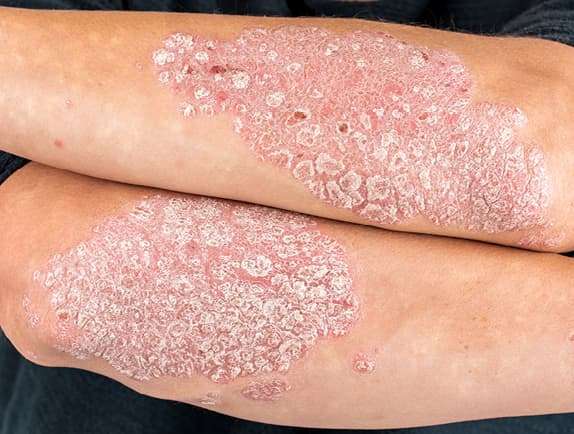
Leave a Message